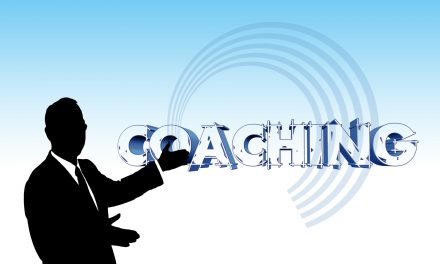Photo by Sharon McCutcheon on Unsplash
Updated Dec. 3, 2021 –
There are ominous implications for human resources departments — from the same tech trends that have empowered consumers to force businesses into the digital age.
By way of explanation, consumer expectations of customer service have skyrocketed.
More than 80 percent corporate executives say they face higher consumer expectations. Sixty percent of them find it hard to make customers happy.
More than 40 percent say their customers “use social media to shame their company into doing what the consumer wants,” adds a 2015 study by Lithium Technologies.
You’re probably asking: “What do these findings have to do with the headline — HR: Overcoming Tech Trends, Boomer Retirements?” Plenty.
Much of the consumer expectations have originated from young, tech-savvy adults who are taking over the workplace.
Millions of baby boomers are retiring. It’s the phenomenon associated with the graying of America.
This means companies have to innovate in their recruitment of younger employees, and succession-planning strategies for leadership.
For long-term sustainability, recruit the right young employees:
1. Make CRM technology a priority
CRM – candidate relationship management – is necessary for a comprehensive recruitment strategy for creating talent profiles and marketing to prospective employees with a mobile Web site capability system and texting contacts functionality.
This will enable you to develop a talent pool, applicant-tracking systems, e-mail campaigns with automated messaging and referral matching.
In other words, you must think like a sales pro to recruit the best talent.
2. Brand your company and HR with students
Depending on your workforce needs, provide more internship opportunities. Contact community colleges universities, especially the schools offering entrepreneurship programs.
Don’t wait until the last minute. Learn the schools’ academic calendars. Your savvy competitors target talent months before they graduate.
3. Make sure candidates complement your culture
Even if your applicants seem impressive, they must be a fit with your vision, company mission and employees.
So vet your candidates. Look for enthusiasm and soft skills. Find out how they will mesh as a team member and think on their feet.
After all, it’s vital to use the right tactics to maintain your culture.
4. Think long term about professional development
The best young talents want to work for companies that inspire innovation.
Talent development is a priority – you’ll benefit if you help employees to grow professionally.
Be prepared to provide training down the road. Quality recruits are likely to be thinking about their career potential with you. That’s an important consideration for the best talent.
To survive long-term you’ll also need stability and productivity. That’s why a succession plan for leadership is necessary.
Here are five succession-plan strategies:
1. Determine the best leadership style for your company.
Senior executives usually falter because they’re not a good fit for a culture. You’ll need to evaluate candidates on behavioral and psychological factors to fit into your culture.
2. Perform a cost-benefit analysis of whether to hire externally or to promote from within
You’ll probably find it more cost-effective to promote from within.
3. Prevent gaps in skills
Appraise leadership gaps. They’re opportunities for growth. So develop employees at every opportunity.
4. Create succession plans for each level of your business
Don’t limit yourself to the top. Always keep a short list of potential candidates for each level of management. Develop succession plans by utilizing all of your data – from recruitment to performance reviews.
5. Design recognition programs
Recognize employees who show creative thinking and innovation aptitudes.
From the Coach’s Corner, here are related management strategies:
HR Management: 3 Values to Deliver Top Customer Service — The three values needed to achieve top customer service are easy-to-understand but arduous to achieve. But if your human resources program adopts and implements these values, you’ll achieve enviable organizational effectiveness – a high performance culture – for strong revenue.
As Trustworthy Leaders, Great Bosses Have 5 Traits — Trust, or lack of it, is an obstacle to leadership. It’s a mega issue in America. It’s reached crisis proportions. Published polls show Americans distrust their political leaders, journalists and CEOs. So it’s obvious there are countless missed opportunities in politics, the news media and business. A Stanford professor provides solutions.
7 Thought Leadership Tactics for Strong Performance — For a company to achieve strong performance, its culture and employees must be aligned with business strategy to provide value. But more and more, it seems employees can’t even articulate business strategy. Therefore, management must identify and communicate effective programs that are aligned with employee behavior in order to blaze new paths and fuel business growth.
Leadership: How Leaders Employ 11 Strengths to Grow Businesses — Ascension to the C-suite doesn’t automatically qualify an executive as a leader. Leaders have 11 strengths that enable them to manage their companies for greater effectiveness and elasticity despite a fast-changing marketplace.
To Become a Leader, Develop Strategic-Planning Skills in 5 Steps — A salient characteristic of leadership is strategic thinking. If you’re ambitious, the ability to be a strategic planner is critical for your success. Here are five ways to achieve your goal.
“Success in management requires learning as fast as the world is changing.”
-Warren Bennis
__________







